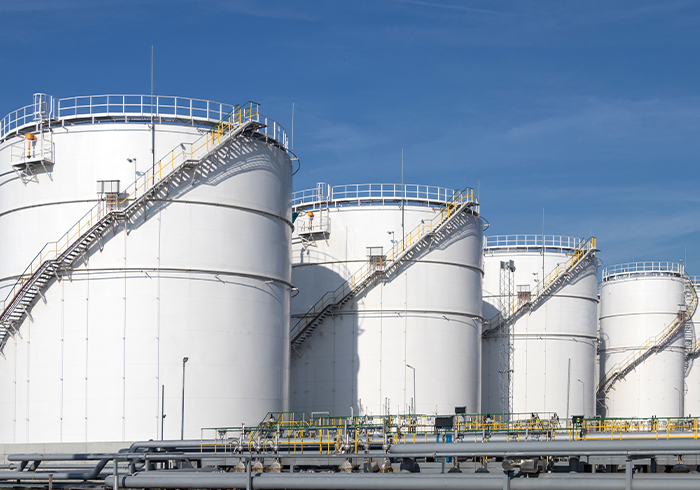The number of Russian crude oil tankers passing Germany’s hazardous Baltic coast has risen 70% since the start of 2021, yet many are ageing vessels and lack sufficient insurance, research has found.
EU sanctions introduced after Russia’s invasion of Ukraine largely prevent member states importing Russian crude oil by pipeline. The Kremlin has found willing buyers in Asia, such as China and India, but as a result has been forced to ship oil west past the coasts of Germany and Denmark.
A paper by Greenpeace finds that since the start of the war in Ukraine, there has been a significant increase in the number of crude tankers travelling from Russia’s Baltic Sea ports through a narrow channel north-east of German city Rostock.
“Last year, nearly 1,000 Russian oil-laden tankers sailed westward along the Baltic coast, averaging two to three ships per day,” the paper says. “This is the highest number of Russian oil tankers ever recorded off the German coast.”
Greenpeace says the situation carries a serious environmental threat, due to a combination of poor tanker quality, limited insurance cover and dangerous waters.
This route “is one of the busiest shipping routes in the Baltic, but its narrow channels make it especially challenging and prone to accidents”, it says. “Groundings and collisions are not uncommon.”
Because western entities are forbidden from providing trade-related services such as finance and insurance unless the price of oil is capped at US$60 per barrel, Russia has amassed a vast fleet of so-called shadow tankers to bypass the need for such facilities.
The average age of crude oil tankers was under nine in 2021, but has risen to nearly 17 this year, Greenpeace says.
It describes one vessel, Chilli, which last month transported a shipment of Russian oil to Saudi Arabia. The tanker was built in 2004, and has a history of inspection problems, including corrosion on its hull and defects with a safety system designed to prevent explosions.
“This is an unintended consequence of the G7 sanctions,” Greenpeace says. “The data clearly indicate that the likelihood of an oil disaster off our coast is significantly higher than before the war.”
At the same time, many of these vessels “are operating without insurance for specific risks like oil spills”, such as supplementary coverage from a P&I indemnity club.
Chilli, for example, has no known insurer and does not appear to have P&I club insurance. Of six high-risk tankers identified by Greenpeace that transported Russian crude through the Baltic Sea last month, only one had P&I cover.
It adds that dozens of tankers over 20 years old carried Russian crude oil last year, but none had insurance for special cases of damage.
“A spill from one of these vessels would result in an environmental disaster of unprecedented scale,” the Greenpeace paper says. “The lack of adequate insurance coverage greatly increases the risk that neighbouring Baltic states will be left to bear the financial burden of such an incident.”
Shadow fleet vessels have already been involved in incidents at sea. In July, a tanker involved in a collision near Singapore had a history of suspicious behaviour and was already considered high risk by vessel analytics companies.
The tanker is 23 years old, has changed flag regularly in recent years and has an unknown group owner, experts said at the time.
The estimated size of the fleet varies depending on selection criteria, but industry insiders told this month’s GTR Asia event in Singapore there are more than 600 such vessels in operation – equivalent to around 13% of all oil tankers worldwide.
Governments across Europe are working with the private sector and other maritime entities to address the threat. A call to action issued by the UK government in July, endorsed by 43 European countries and the European Union, vowed to take “concrete measures… with the greatest urgency”.








